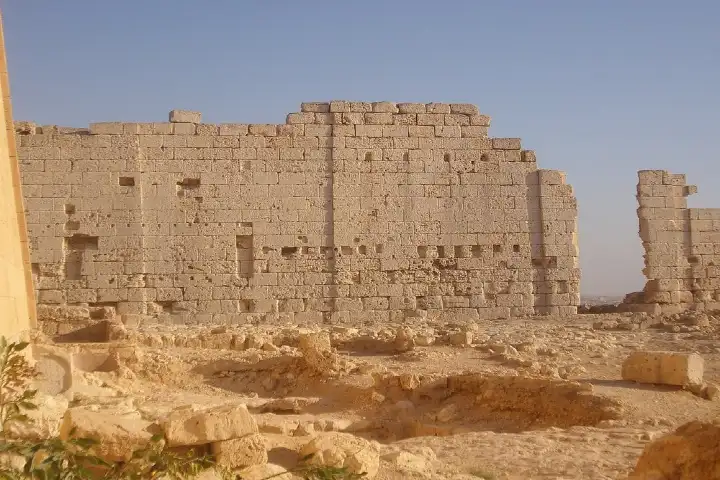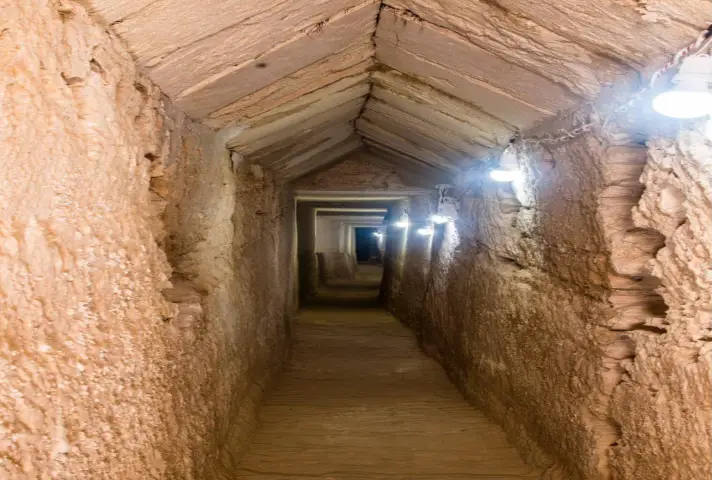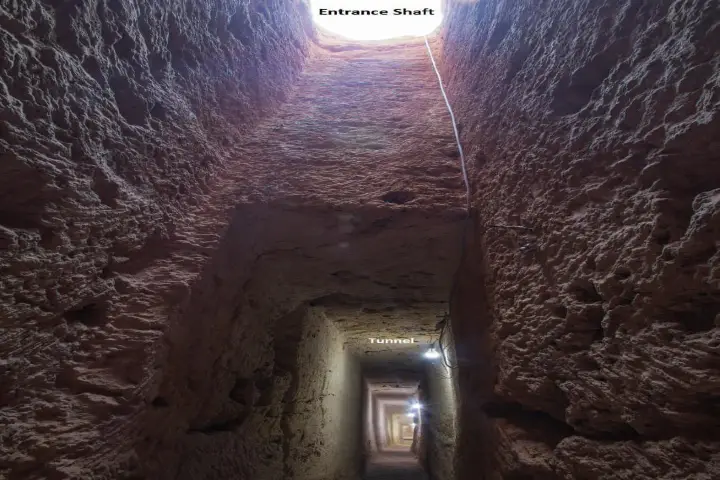Queen Cleopatra has always been an enigmatic personality of ancient Egypt. A woman who ruled the powerful kingdom of Africa from 51 BC to 30 BC she continues to fuel the curiosity of historians and archaeologists.
In their continued quest to know about this Queen, a report in smithsonianmag.com said that archaeologists found in Egypt an underground tunnel at a temple – the Taposiris Magna — dedicated to the god of death Osiris. The temple is located west of the ancient city of Alexandria.

The amazing tunnel – 6.5-foot-tall, 4,300-foot-long tunnel and roughly 43 feet underground – was described by the Egyptian Ministry of Tourism and Antiquities as a “geometric miracle” in their Press statement.
The tunnel is significant as experts hope that it will lead to the long-lost tomb of Egypt’s last Pharaoh.
The find was made by archaeologist Kathleen Martinez of the University of San Domingo, Dominican Republic located in Caribbean. She was heading the excavation conducted by the joint Dominican-Egyptian archaeological mission from the USD. Talking to Heritage Key, Martinez said: “This is the perfect place for the tomb of Cleopatra. If there’s a one percent chance that the last queen of Egypt could be buried there, it is my duty to search for her.”
Highlighting the significance of the tunnel, Martinez commented: “This is the first time that any archaeologist has found tunnels, passages underground [and] inside the enclosure walls of the temple.” She added that if the tunnel results in the discovery of Cleopatra’s tomb, it would be “the most important discovery of the 21st century.”
Working at the Taposiris Magna Temple for more than 15 years, she has been searching for the tomb.
Apart from the tunnel, the team also discovered two Ptolemaic-era alabaster statues and several ceramic vessels and pots.

A part of this ancient tunnel is submerged underwater, which researchers feel could be due to many earthquakes – at least 23 — that struck the region between 320 and 1303 C.E. Several archaeologists are of the opinion that these quakes resulted in the collapse of the temple.
Martinez told Live Science that the tunnel is “an exact replica of Eupalinos Tunnel in Greece, which is considered as one of the most important engineering achievements of antiquity”. Located in Samos, a Greek island in the eastern Aegean Sea, the Tunnel of Eupalinos, was an aqueduct that carried water for more than 1,000 years.
Among the variety of other notable artefacts that Martinez and her team found in the earlier excavations at the site, include coins with names and images of Cleopatra VII and Alexander the Great. They also discovered statues and figurines of the goddess Isis, a mummy with a gold tongue and a cemetery full of Greco-Roman-style mummies.
Historians believe that Cleopatra and Mark Antony, her lover and the Roman general died by suicide in 30 B.C.E. and are likely buried together but the exact location is not known.
Following her death, Rome took over the region, marking the end of the Hellenistic period.
A criminal lawyer turned archaeologist, Martinez, started digging the Temple site after successfully petitioning the Egyptian Government to allow her to conduct research. While the tomb is still elusive, she has made some vital finds including the tunnel.




















